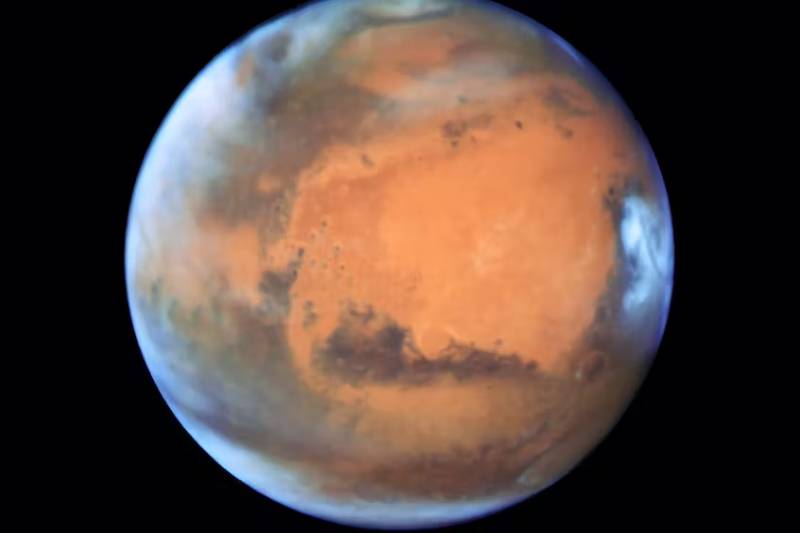In response to budget constraints imposed by the Fiscal Responsibility Act, NASA is contemplating potential budget reductions for two of its most longstanding missions: the Hubble Space Telescope and the Chandra X-Ray Observatory. The space agency had previously requested a budget of $27.2 billion for 2024, which represented a 7% increase from the 2023 budget. However, the legislation, which went into effect in June, stipulates that 2024 budgets will remain at 2023 levels. As a result, NASA is exploring ways to reduce costs, which may affect missions in extended operations, including the Hubble and Chandra observatories.
The Hubble Space Telescope, launched in 1990, has incurred an estimated cost of $16 billion since its inception. In contrast, the Chandra X-ray Observatory, launched in 1999, has accumulated roughly $913 million in expenses. The decision to examine the budgets of these two space telescopes is primarily based on their extended operational lifetimes. The Chandra telescope is currently facing operational challenges that are making its continued operation more challenging. The Hubble telescope, while not encountering the same technical issues, has been operational for an extended period and represents a significant portion of the astrophysics budget.
Mark Clampin, director of NASA’s astrophysics division, didn’t specify the extent of the budget cuts but mentioned that any cost savings from the Hubble and Chandra projects would be redirected to support other astrophysics missions. One such mission is the Nancy Grace Roman Space Telescope, scheduled for launch in 2026.
NASA is currently grappling with budgetary challenges, with a particular focus on funding its plans for a human return to the Moon through the Artemis program and the ambitious Mars Sample Return mission. The budget limitations imposed by the Fiscal Responsibility Act have had significant implications for NASA’s plans and missions. NASA Administrator Bill Nelson had previously described the effects of the legislation as a “disaster.” These budget constraints have already led to the suspension of certain projects, such as the Geospace Dynamics Constellation, a group of satellites designed to study Earth’s upper atmosphere. Additionally, the VERITAS mission to Venus has been indefinitely delayed due to budget concerns.
As NASA continues to navigate these financial constraints, important decisions regarding mission priorities and resource allocation will play a pivotal role in shaping the agency’s future endeavors in space exploration and astrophysics research.
Disclaimer: The views, suggestions, and opinions expressed here are the sole responsibility of the experts. No Science Currents journalist was involved in the writing and production of this article.

